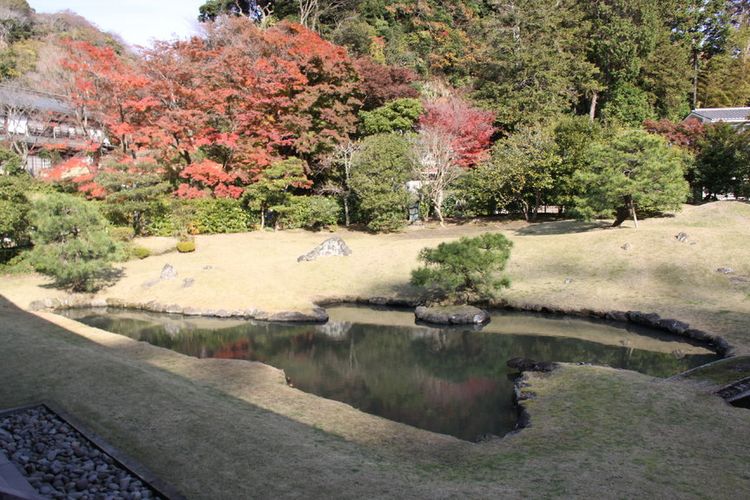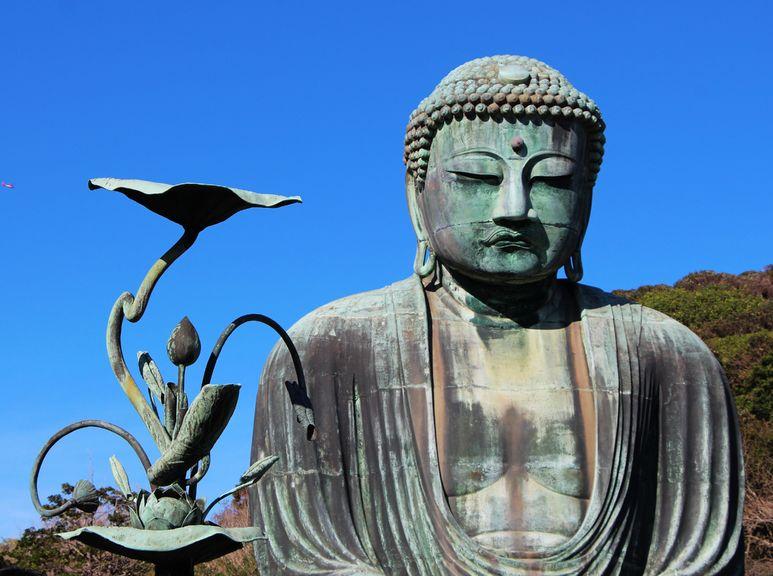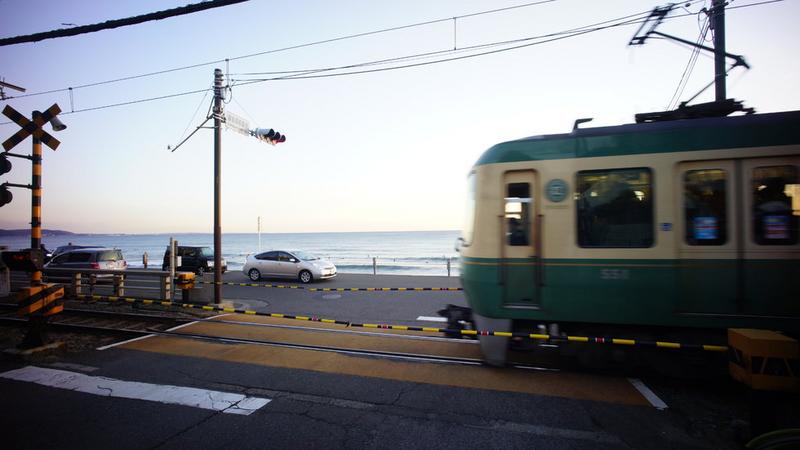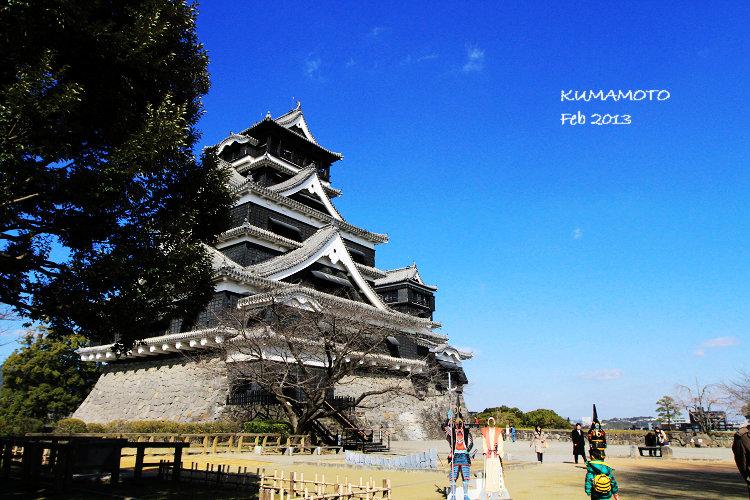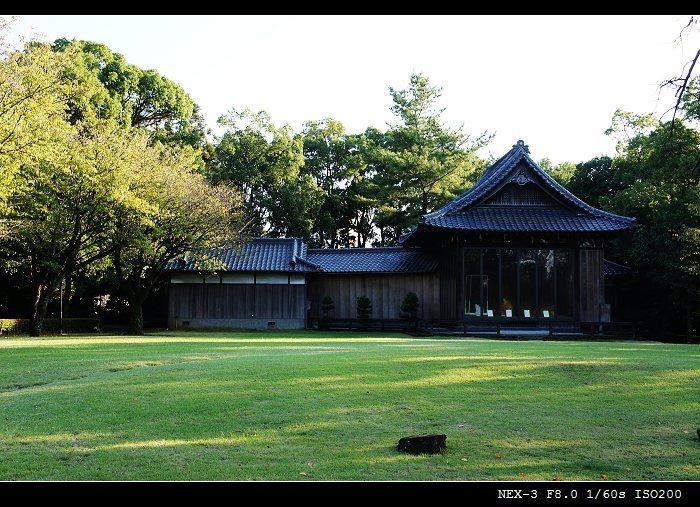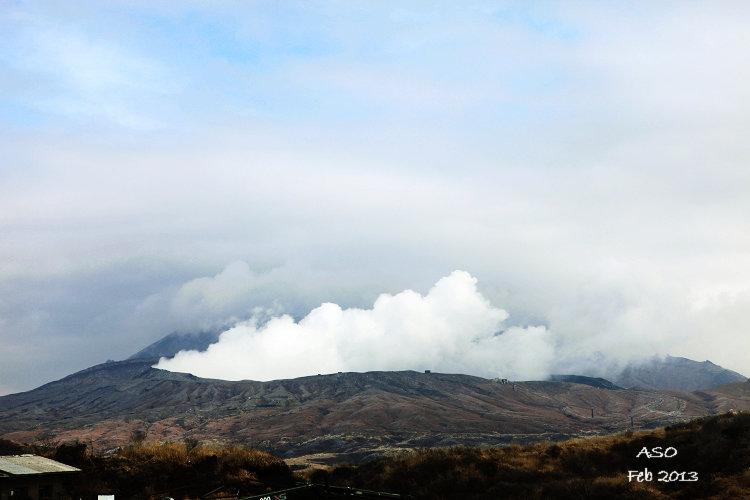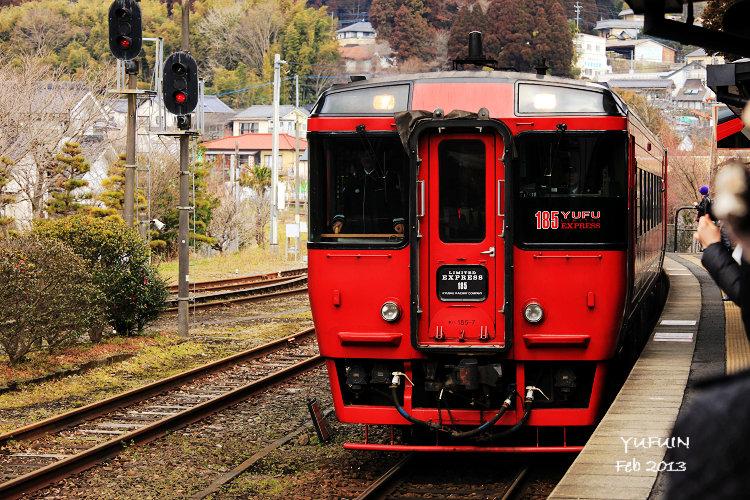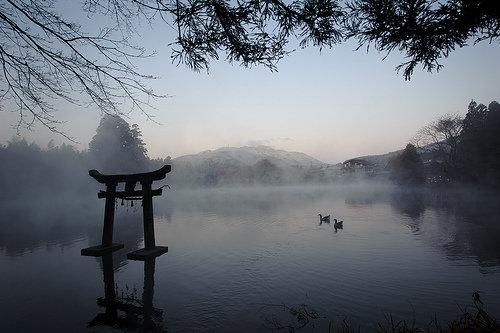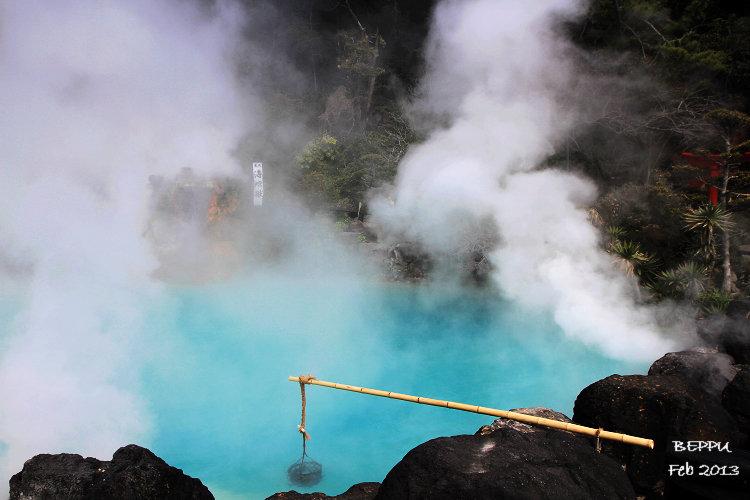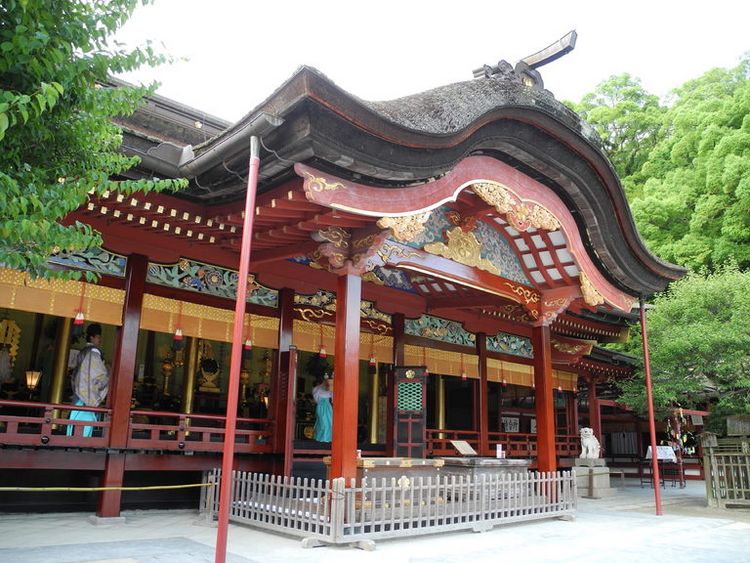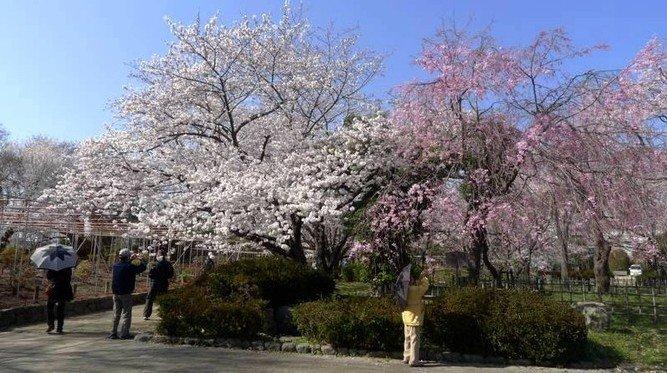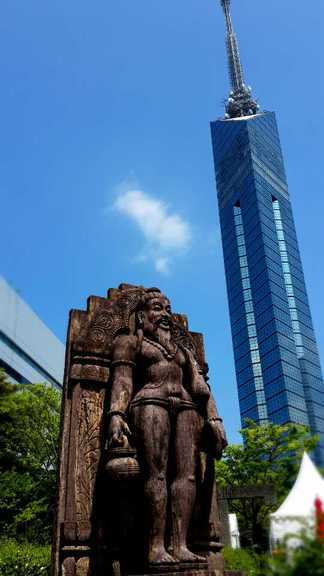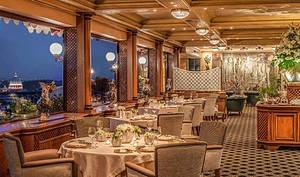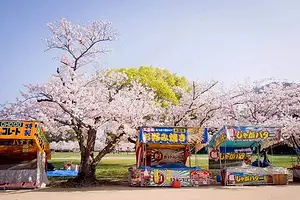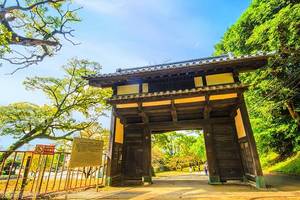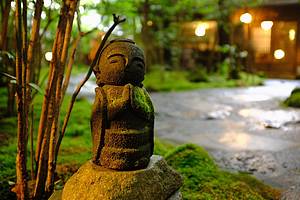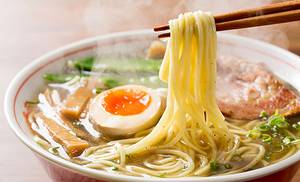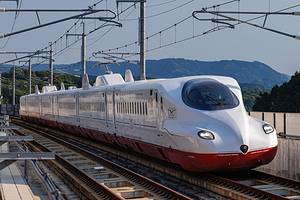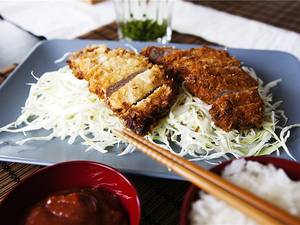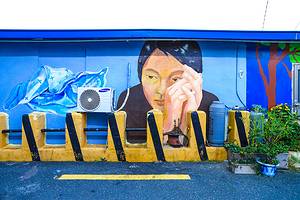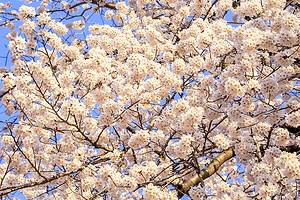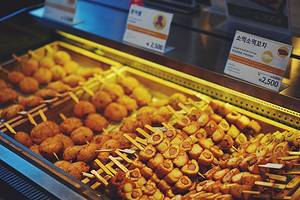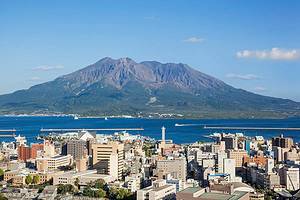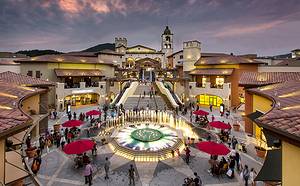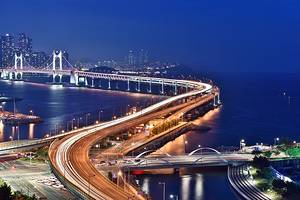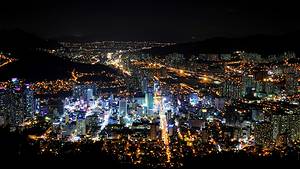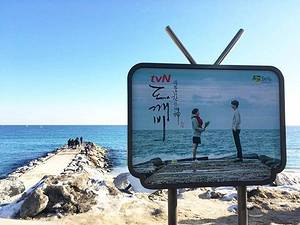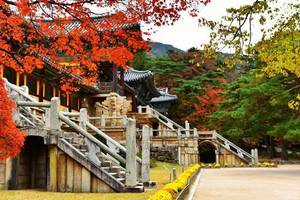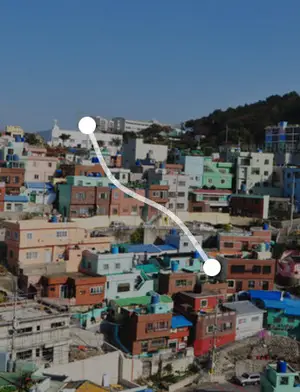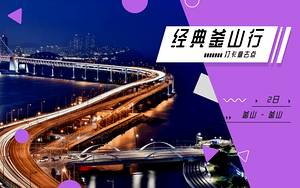Tokyo-Kyushu 8-day Hot Springs Tour
9 cities |
21 attraction(s) |
total distance 66
km
 TIPS
TIPS
Day1
Day2
Day3
Day4
Day5
Day6
Day7
Day8
Day1: Tokyo
3 attraction(s) ·
6 km
1
One of the famous attractions in Tokyo, a large park with facilities such as a zoo, art gallery, and museum. There are also natural landscapes such as Shinobazu Pond and Take-no-Tsuji Fountain. The bronze statue of Takashi Nishioka is a symbol of Ueno Park. In spring, the park is famous for cherry blossom viewing in Tokyo.
4
km
2
Tokyo's oldest ancient temple located within the city, founded in 628. According to legend, it was originally built on-site when a fisherman caught a gold statue of the Goddess of Mercy, becoming Asakusa Temple. In the early Edo period, it was rebuilt on the orders of Tokugawa Ieyasu and expanded to its current size.
The entrance to Asakusa Temple is marked by the massive lantern-covered gate called Kaminarimon, which is a symbol of Asakusa and Japan as a whole. On either side of Kaminarimon stand imposing statues of fierce guardian deities, known as the Thunder God and the Wind God, giving rise to its academic name, "Furaijinmon."
Passing through the long shopping street, you can reach the main hall of Asakusa Temple, which became prosperous over time as Tokugawa Ieyasu designated it as a place for prayers for the shogunate, making it a cultural center of the Asakusa area. In the southwest corner of the temple, there is a 53-meter-tall five-story pagoda, which is a nationally protected cultural property. In the northeast corner, there is Asakusa Shrine, built during the Heian period, with its simple and elegant architectural style and exquisite carvings.
One of the liveliest events in Asakusa is the Sanja Matsuri, one of the three major festivals of the Edo period, held annually in May. The Sanja Matsuri, with its origins in the Edo period, fully displays the traditional customs and sentiments of the era. The highlight of the festival is the "carrying of the portable shrine," with groups of dozens of people carrying the portable shrines in traditional style from various directions to Asakusa Temple.
2
km
3
Tokyo Skytree, also known as Tokyo Solamachi, is a new landmark of Tokyo that was completed on February 29, 2012, and opened to the public on May 22, 2012. It has a height of 634 meters and observation decks at 350 meters and 450 meters. From the top, you can enjoy a panoramic view of Tokyo, and there are also leisure facilities such as shops, restaurants, and cafes. The shopping mall at the base of the tower is free to enter and offers a wide range of products. You can find local specialties from almost all regions of Japan there.
Day2: Kamakura
5 attraction(s) ·
9 km
1
Kennin-ji Temple is the main temple of the Kenchō branch of the Rinzai sect of Zen Buddhism. It is ranked first among the Kamakura Five Temples. Kennin-ji was established by Hōjō Tokiyori in 1253. It is the oldest Zen Buddhist temple in Japan and also the earliest temple built in Kamakura. The first abbot was Rankei Dōtaku, a Zen Buddhist monk from China. Behind the main hall (hondo), there is a beautiful Zen garden. The temple's bell (bonshō) has been designated as a national treasure.
1
km
2
Hakone Hachiman Shrine is a Shinto shrine located in Kamakura, Kanagawa Prefecture, Japan, dedicated to Hachiman, the god of war. It was established in the second year after the end of the Jishin War in 1063. In 1180, the shrine was moved to its current location by Minamoto no Yoritomo, who became the ruler of Kamakura. In 1191, a fire broke out and the main shrine was built on a mountain behind the original shrine, which was also repaired. Since then, Hachiman became revered as a guardian deity of the samurai.
3
km
3
The Great Buddha of Kamakura, known as the symbol of the ancient city Kamakura, is located in Kotoku-in Temple. It is one of the three great Buddha statues in Japan. The statue is 11.5 meters tall (including the pedestal, 13.35 meters) and weighs 121 tons. It is a sitting statue of Amida Buddha with a face length of 2.35 meters and ear length of 1.9 meters. The interior of the statue is hollow and can be accessed from the back. Inside, there are obvious traces of multiple repairs. On the left side of the statue, there is a pair of large straw sandals, about one meter long. It is said that these were woven by children from Ibaraki prefecture as an offering to the Great Buddha. The fate of the Great Buddha of Kamakura has been similar to that of the city itself, often facing disasters. Originally built in 1238, the first wooden structure of the Great Buddha was completed after six years, but it was blown down by a typhoon three years later. In 1253, the bronze statue of the Buddha was recast and enshrined in the Great Buddha Hall, which has also undergone multiple repairs due to typhoons and fires. However, in 1498, the entire hall was destroyed by the backflow of seawater and the statue has been exposed to the elements ever since.
2
km
4
Gokurakuji Station
In Kamakura City, Kanagawa Prefecture, Japan, there is a Shingon Ritsu Zen temple called Gokurakuji, with the mountain name "Ryoju-san". The main statue is Shakyamuni Buddha, and the temple was founded by Hojo Shigetoki, with Ninsho as the first head priest. During the medieval period, Gokurakuji was a large temple with 49 sub-temples. The "Gokurakuji precincts and Ninsho's grave" in the temple grounds is designated as a Japanese national historic site.
3
km
5
Kamakura High School, officially known as Kanagawa Prefectural Kamakura High School, is referred to as one of the most beautiful high schools in Japan due to its close proximity to Kamakura Station, which was selected as one of the most beautiful train stations in Japan. This seaside high school served as the prototype for Ryonan High School in the manga "Slam Dunk". The scene where Akagi Haruko said "We have plenty of time" took place on the slope leading from the school to the station. The school used to be open to tourists, but it is now closed to protect the students. However, there may be opportunities to visit the campus during the summer vacation. Please note that schools in Japan prioritize the protection of students, so it is important not to take any photos while inside the school.
Day3: Kumamoto
2 attraction(s) ·
4 km
1
Kumamoto Castle is located in Kumamoto City, Kumamoto Prefecture, Japan. It is also known as Ginkgo Castle because Ginkgo trees were planted throughout the castle grounds by Kato Kiyomasa for defensive purposes and to store food supplies. Kumamoto Castle, along with Nagoya Castle and Osaka Castle, are collectively known as the Three Great Castles of Japan.
4
km
2
Suizenji Jojuen is a garden built by Hosokawa Tadatoshi, the first daimyo of the Hosokawa clan in Higo province during the Edo period. It has been developed by several generations of the Hosokawa family and is now named after the poem "Returning Home" by Tao Yuanming. Suizenji Jojuen covers an area of about 70,000 square meters and is commonly known as Suizenji Park. The garden features a central pond fed by the gushing waters of the Asu Underground Spring, and is designed in the style of Momoyama shoin gardens, recreating the scenery of the "Fifty-three Stations of the Tokaido" with artificial hills, floating stones, lawns, and pine trees.
Day4: Aso
2 attraction(s) ·
20 km
1
Vast and magnificent volcanic caldera, 24 kilometers long from north to south, and 18 kilometers long from east to west. Around it extends a rugged lava rock for 4 kilometers. Standing in the center of the caldera are the five peaks of Mount Aso (also known as The Roots, Takadake, Nakadake, Umadashi, and Kuchinoshima). Among these peaks, Nakadake is still very active, with white smoke rising from it. Nakadake, standing in the world's largest volcanic caldera, has a diameter of 600 meters, a depth of 130 meters, and the stunning scenery of the surrounding 4-kilometer-wide volcanic caldera can only be seen in Aso.
20
km
2
Aso Shrine is located in Aso City, Kumamoto Prefecture, Japan. It is a Shikinaisha (major shrine), the ichinomiya of Higo Province, and was formerly an official coinage shrine. It is the central shrine of the 450 Aso Shrines nationwide. Established in the 9th year of Emperor Kōrei, the first, second, and third shrines of the shrine, as well as the tower gate, torii gate, and still temple gate, are important cultural properties of the country, with the tower gate being one of Japan's three major tower gates.
Day5: Yufuin
2 attraction(s) ·
2 km
1
It is a station on the JR Kyushu "Kyudai Main Line". The Kyudai Main Line route includes: Kurume - Kurume Daigaku-mae - Minami-Kurume - Kurume Daigaku-mae - Mikii - Zendoji - Chikugo Kusanode - Tenshijinomaru - Chikugo Yoshii - Ukiha - Chikugo Oishi - Yoake - Mitsuhisa - Hita - Bungo Miyoshi - Bungo Nakagawa - Amagasase - Sugawauchi - Kitayamada - Bungo Mori - Eri - Hiemae - Bungo Nakamura - Noya - Yufuin - Minami-Yufu - Yunobira - Shonai - Tenjinyama - Onoya - Kise - Mukonohara - Bungo Kokubu - Kari - Minami Oita - Kokufu - Oita.
2
km
2
Yufuin Onsen, also known as Yufuin Hot Springs, is a famous hot spring resort in the Kyushu region. The most representative feature is the Kinrin Lake, where hot spring water gushes out. In winter, mist is generated when the hot spring water meets the cold lake water, creating a dream-like scene. In addition to hot springs, Yufuin also has various themed art galleries, such as the "Fantasy Forest Art Museum," which displays masks and utensils used in festivals in the Kyushu region, allowing visitors to experience Kyushu culture while enjoying a hot spring bath.
Day6: Beppu
2 attraction(s) ·
2 km
1
Beppu's Eight Hells (Hell Tour) is a selection of eight different and unique hot springs in Beppu City, Oita Prefecture. Here, you can see hot spring types that are difficult to find elsewhere, each with their own characteristics. The smoky atmosphere resembles the hells described in mythical stories, hence the name.
2
km
2
From here, you can see the panoramic view of Beppu, set against the backdrop of the Fan Mountain and the Hekkenyama Mountain. The rising steam from the hot springs interweaves with the houses, creating a unique scenery that fills the entire city with romantic and magical colors. In the NHK selection of "Japanese Landscapes to Preserve in the 21st Century," it ranks second only to Mount Fuji.
Day7: Dazaifu > Fukuoka
3 attraction(s) ·
25 km
1
Dazaifu Tenmangu Shrine is located in Dazaifu City, Fukuoka Prefecture, Japan, and is one of the main shrines of Tenmangu in Japan along with Kitano Tenmangu Shrine in Kyoto. It enshrines Sugawara no Michizane, a scholar from the Heian period, and also serves as his grave. Sugawara no Michizane is revered as the "god of learning" and the "god of calligraphy" in Japan, so many students seeking academic success come here to worship.
22
km
2
Ohori Park is roughly located in Fukuoka City. The park was built around the moat of Fukuoka Castle, and its design was inspired by West Lake in Hangzhou. It has a total area of approximately 398,000 square meters, including nearly 226,000 square meters of water. It is one of the famous water well parks in Japan and a favorite place for Fukuoka residents to take a walk and relax during holidays.
4
km
3
Fukuoka Tower is located at the center of the seaside promenade in Fukuoka. It is 234 meters tall and is the tallest seaside tower in Japan. It is made up of 8,000 laminated glass panels and offers a bird's-eye view of the city from its observation deck at 123 meters high.
Day8: Kitakyushu
2 attraction(s) ·
0 km
1
The construction year of the Kokura Castle is uncertain, but it is believed to have been built during the Bun'ei era (1264-1274), when it was under the control of the Oaza-no-daisakan-no-jo. In 1330, it became a subsidiary castle of the Ouchi clan and served as the residence of Kagesaki Tosa no Kami. During the Bunmei era, it was the residence of the Kikuchi clan. The current main tower was rebuilt in the 1950s using reinforced concrete, based on records such as "The Chronicles of Kokura Castle in Toyama Province," "Kokura Castle Scroll," and "Response Letter from the Imperial Envoy in the Third Year of Enkyo's Inspection." Cherry blossoms bloom around Kokura Castle in spring, and since it is a less crowded tourist spot, it is a good place for those who want to see cherry blossoms.
2
Reconstructed Kamakura Castle's main tower, one of the great towers in Kyushu, with a large courtyard and a beautiful museum.



